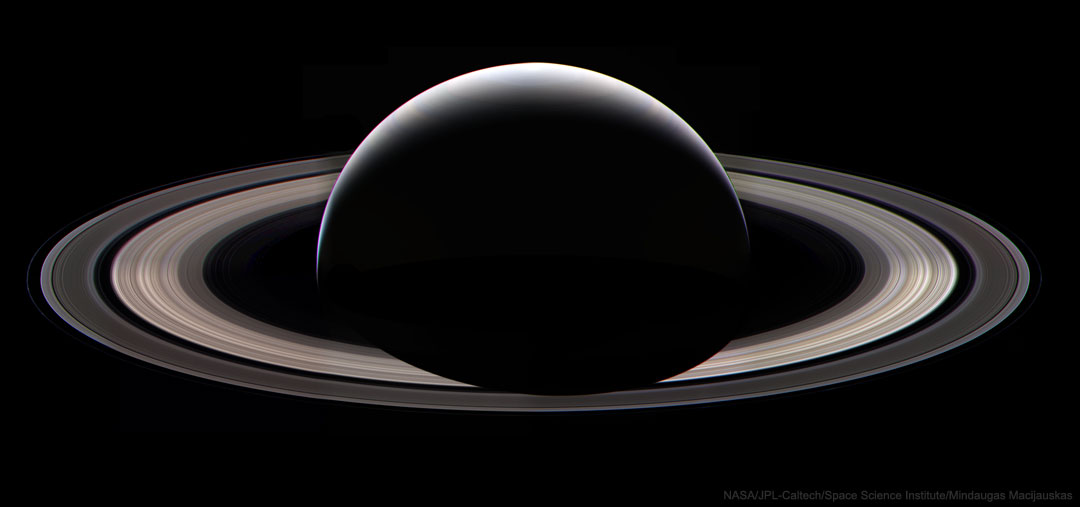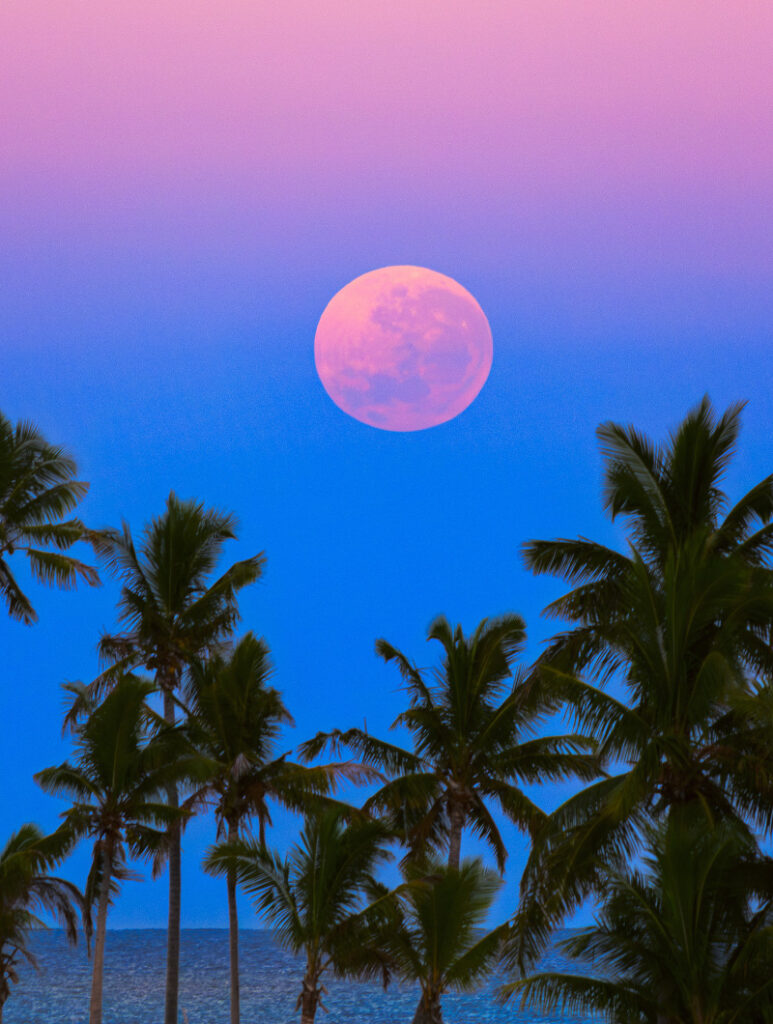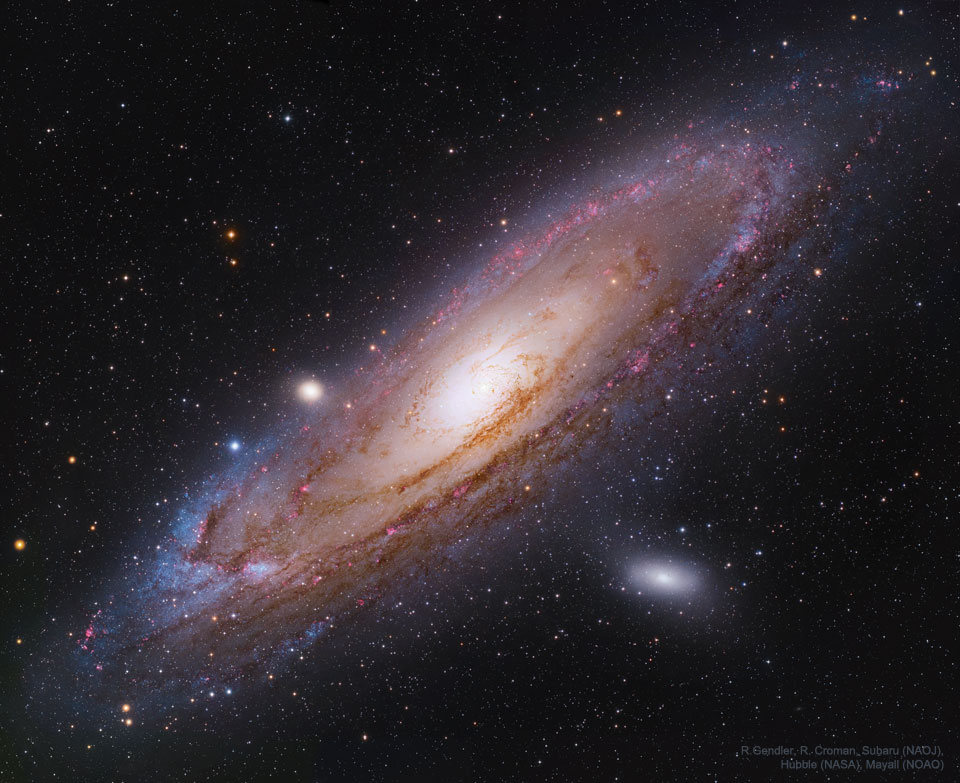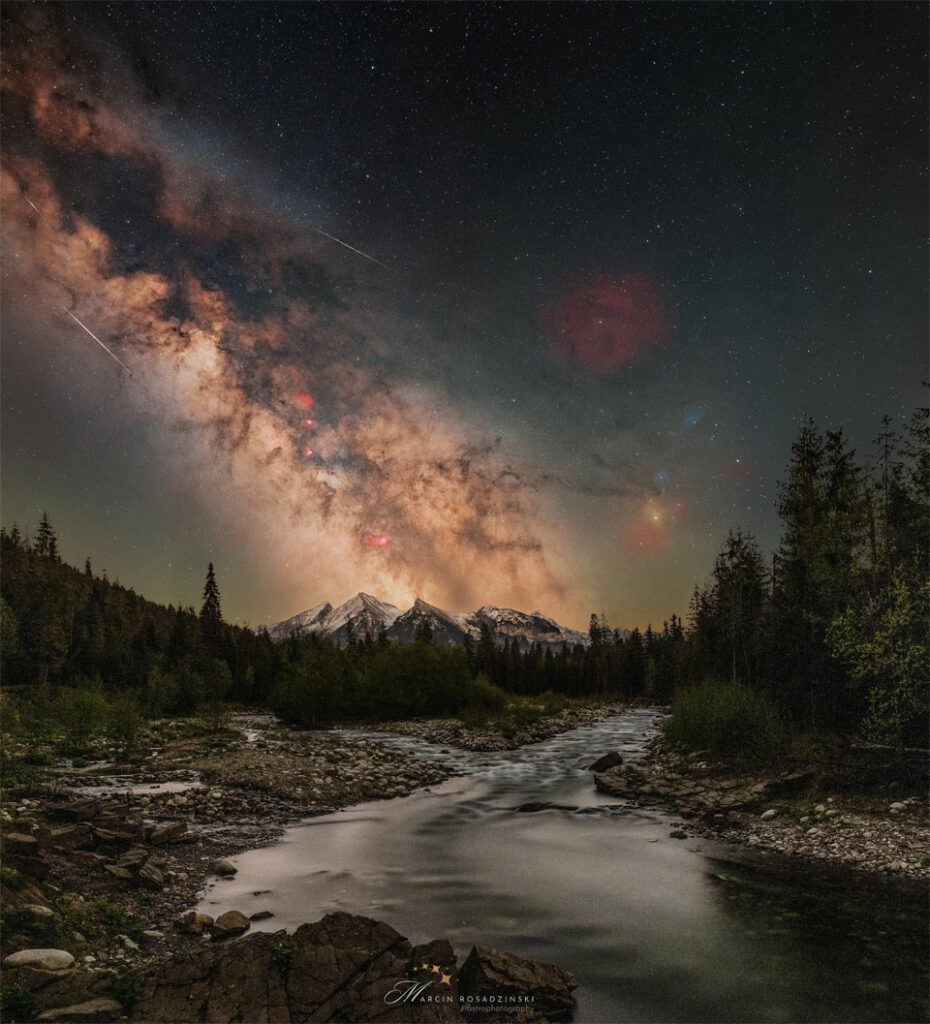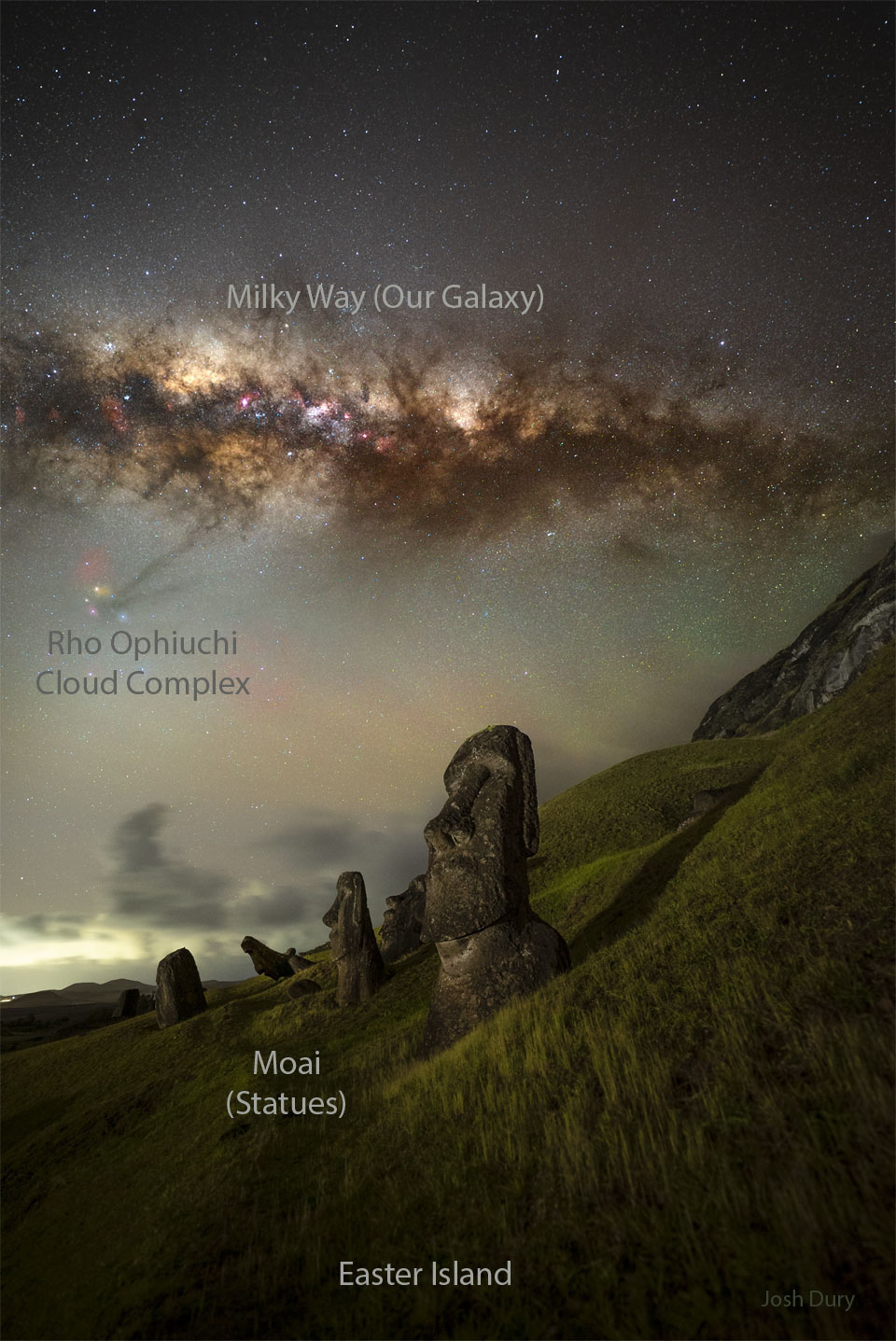
What was the purpose of the construction of the statues on Easter Island? The precise reason for their construction remains uncertain. It is certain that over 900 large stone statues, collectively known as moai, exist on Easter Island. The average height of a Rapa Nui (Easter Island) moai is approximately 20 meters, which is over twice the average height of a person. Additionally, the average mass of a moai is over 200 times greater than that of an average person. It is hypothesized that the anomalous statues were constructed approximately 600 years ago in the likeness of local leaders of a flourishing and archaic civilization. Rapa Nui has been designated a World Heritage Site by UNESCO. The accompanying illustration depicts some of the stone colossi imaged last month under the central band of our Milky Way galaxy. The discovery of previously unknown moais persists.

